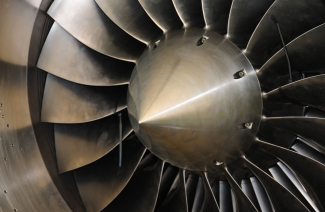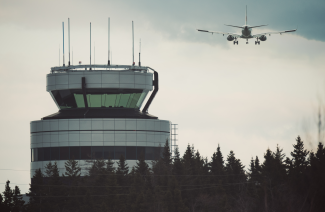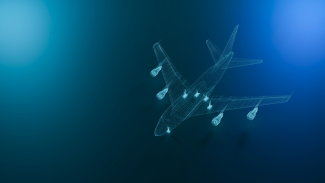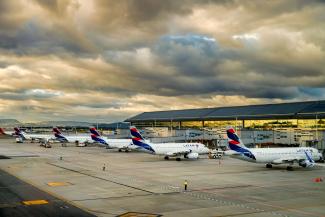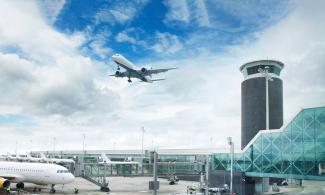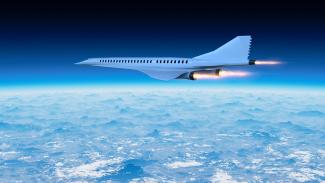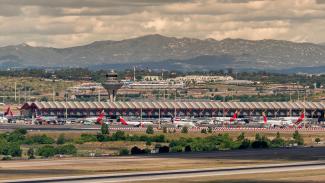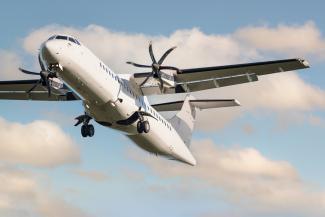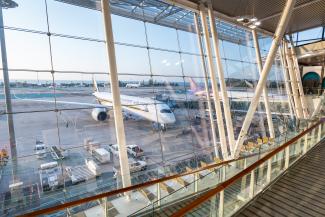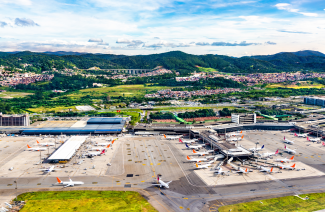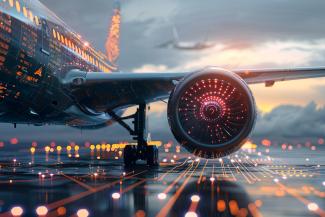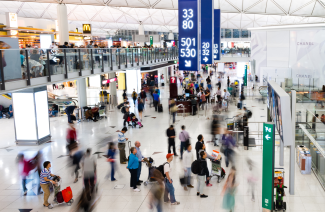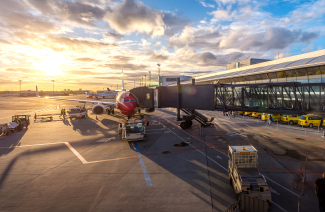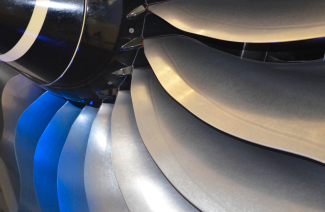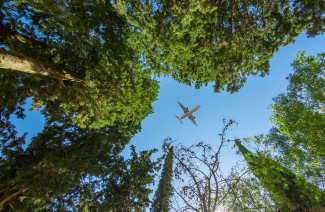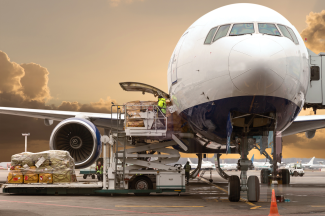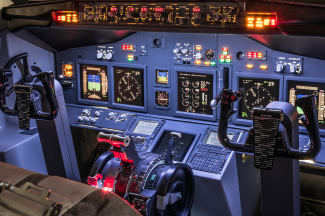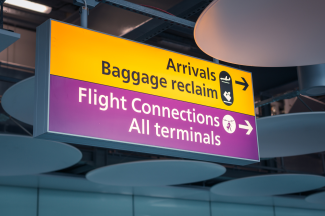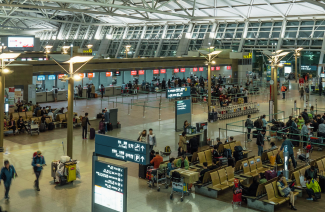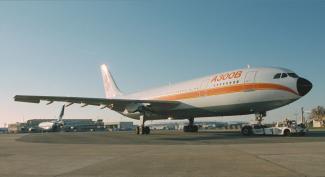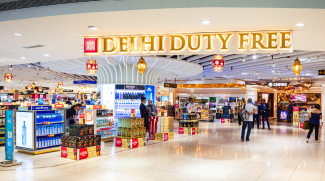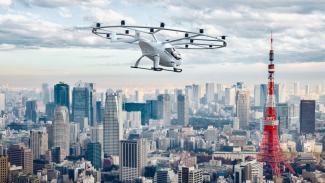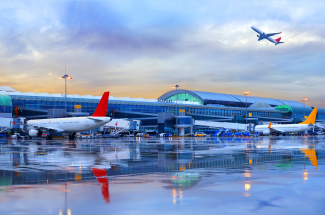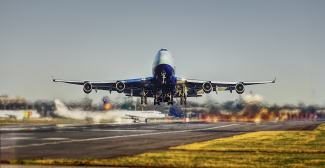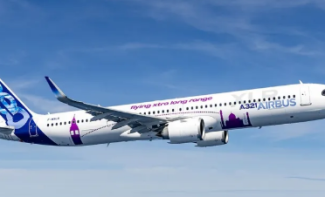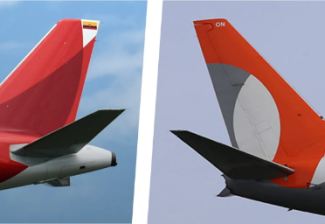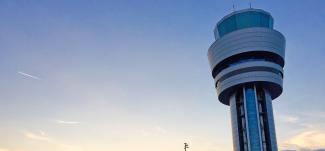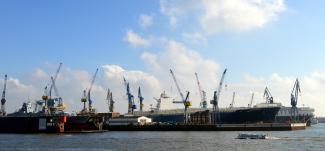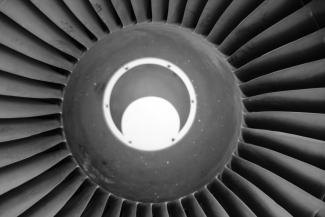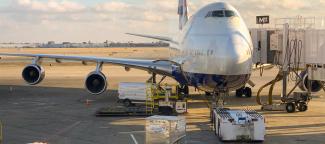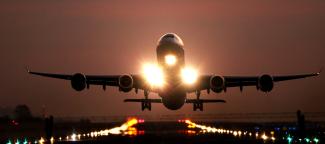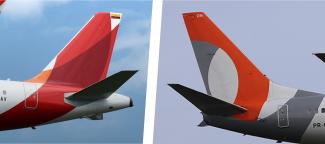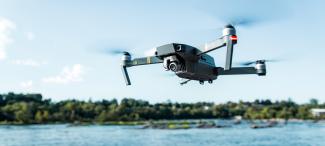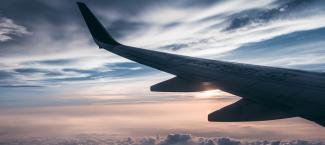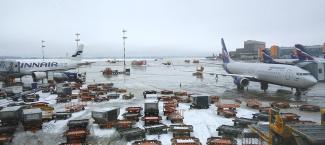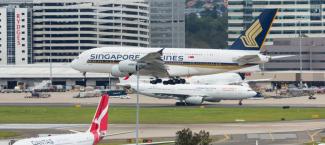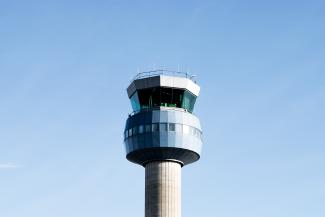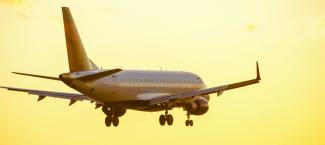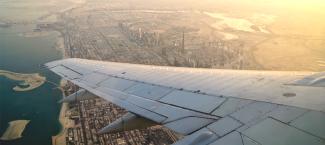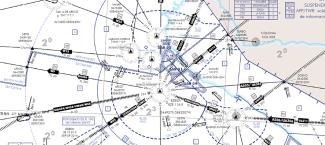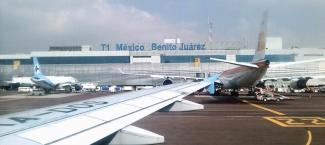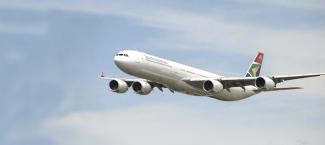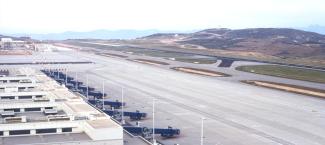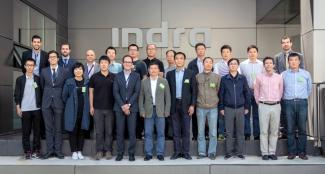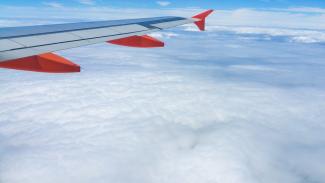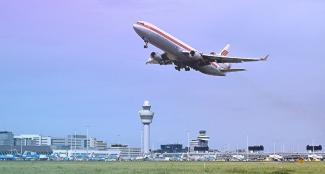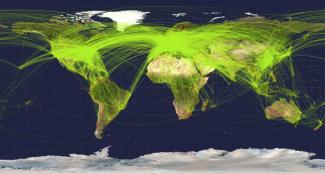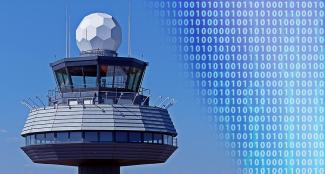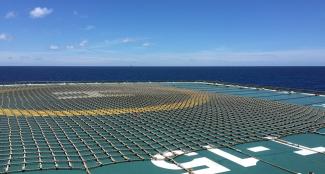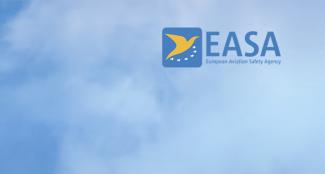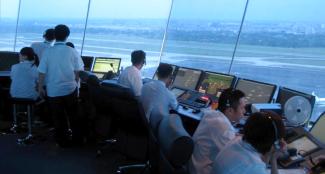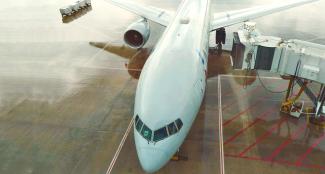Every year, millions of travellers take to the skies, zipping across continents and time zones in hours – a marvel of modern aviation. But for those living near bustling airports, this marvel comes with a catch: the unending backdrop of noise that grows constant as air traffic increases. While passengers marvel at seamless travel, local residents feel the thrum of engines at all hours, a constant reminder that, while cities sleep, airports never do.
The growing economic impact of aviation has made residential areas near airports increasingly attractive to citizens. However, as air traffic continues to rise, mitigating the acoustic impact of airports has become a critical issue for regulators, local governments, and communities. Consequently, addressing airport and aviation noise has emerged as a top priority in urban planning and environmental management.
Noise is a significant environmental concern as traffic continues growing, leading regulators to stricter measures and creative policies to mitigate its impact, some of which include noise related charges, new operational procedures like continual descent, encouraging operation with quieter aircraft and soundproofing residential areas adjacent to the airports.
There are four main noise impact axes which can be addressed by regulation:

In the aviation industry, pricing structure plays a pivotal role in the sustainable growth of air traffic and airport infrastructure. Establishing competitive and equitable airport charges is essential for several reasons:
- It ensures an optimal level of service for passengers and airlines.
- It facilitates viable investments in airport facilities to meet the growing and increasingly sophisticated demands of travellers.
- It supports the implementation of crucial noise mitigation measures.
With regards to noise mitigation measures, charging a separate fee to account for these issues is particularly relevant when addressing noise-related issues, such as:
- Residential sound insulation programs.
- Construction of noise barriers.
- Installation and maintenance of noise monitoring equipment.
By carefully balancing charges, airports can maintain operational efficiency while investing in technologies and infrastructure that enhance the passenger experience and minimize environmental impact. This approach allows for the harmonious coexistence of airports and surrounding communities, addressing both economic and quality-of-life concerns. In recent years, the reduction of the impact of aviation on the environment has been progressively incorporated into the industry's international best practices. In this case, the tariff structure of airports with a greater environmental impact (noise or local pollution in population centres) have incorporated specific charges to mitigate this problem.
Airports primarily influence noise reduction through the implementation of noise-related charges, which serve a dual purpose:
- Penalizing noisier aircraft to encourage fleet modernization.
- Generating income for investment in noise mitigation measures.
ALG has identified four key methodologies for implementing these noise-related charges:
- Noise category multipliers: Applying a multiplier to base charges based on aircraft noise categorization.
- Additional charges: Imposing separate fees specifically for noise-related impacts.
- Noise-based landing and take-off charges: Determining landing and take-off fees based on aircraft noise levels.
- Surcharges and discounts: Implementing a system of surcharges for noisier aircraft and discounts for quieter ones.
These strategies provide airports with flexible tools to incentivize airlines to operate quieter aircraft while simultaneously funding noise reduction initiatives. By tailoring these approaches to their specific operational and community needs, airports can effectively balance economic viability with environmental responsibility.

Two airports stand at the forefront of noise regulation, as major international hubs with high traffic volumes close to densely populated areas, they face the complex balance between mitigating environmental impact and facilitating connectivity.
Airports on the forefront of noise mitigation:
London Heathrow (LHR)
Heathrow Airport employs a sophisticated noise-based charging system for landing and take-off fees, which operates as follows:
Aircraft classification system
Heathrow classifies each aircraft based on its noise performance, utilizing a method that measures the aircraft's certified noise values at three monitoring points, compares these values to the ICAO Chapter 3 noise limits, and calculates the sum of the differences between the measured values and the limits. This classification system adheres to ICAO standards, specifically focusing on allowable noise levels at three key points: lateral, flyover, and approach.
Fee structure
Based on this classification, Heathrow determines the appropriate landing and take-off charges for each aircraft. The fees are structured to reflect the noise impact of different aircraft types, encouraging airlines to use quieter models.
Night flight surcharges
To further mitigate noise disturbance, Heathrow imposes additional surcharges for both landings and take-offs during nighttime hours. This measure recognizes the increased sensitivity to noise during these periods and provides a financial incentive for airlines to schedule flights at less disruptive times.
- Charges during the night quota period: For any arrival or departure that is not scheduled during this period, noise charges are 5 times higher than the normal charges.
- Charges during the peak night quota period: For any arrival or departure that is not scheduled during this period, noise charges are 8 times higher than normal charges.
Noise Charges depending on aircraft acoustic footprint can range from £ 600 outside of night quota for quiet aircraft to £ 106,000 for the noisiest aircraft during Peak Night Quota, posing a significant deterrent for airlines with noisier fleets flying to Heathrow.
This comprehensive approach incentivizes airlines to use quieter aircraft and schedule flights during less noise-sensitive periods, thereby balancing operational needs with community concerns about noise pollution. By implementing such a nuanced charging system, Heathrow demonstrates its commitment to managing noise impact while maintaining its status as a major international hub.
Frankfurt (FRA)
Frankfurt Airport applies fees for both take-offs and landings using the surcharges and discount methodology. The charges include a noise-related component, with a noise surcharge specifically imposed to finance noise mitigation measures. This approach allows the airport to address noise concerns while generating funds for environmental improvements.
At Frankfurt Airport, noise charges are calculated for each landing and take-off, with fixed amounts applied based on the aircraft's noise category. Noise management is a top priority, exemplified by the unidirectional use of Runway 18 to minimize residential noise exposure. The airport enforces strict nighttime restrictions, closing from 23:00 to 05:00 for scheduled flights. Furthermore, aircraft failing to meet specific noise requirements are prohibited from operating between 08:00 and 20:00.
The noise charge calculation is intricate, but generally, the fees are determined based on the following factors:
- Amount related to the maximum take-off weight of the aircraft.
- Additional amount per passenger and kilogram of cargo.
- Fees related to the aircraft's noise levels.
- Potential discounts based on noise levels.
- Emissions fee.
Aircraft are classified according to ICAO standards, with jet aircraft required to comply with Annex 16 noise level limits. Frankfurt's fee system categorizes aircraft into 16 groups for both landing and take-off, based on average noise levels during these operations. During scheduled timeslots, noise-related charges range from €81 for the quietest category 1 aircraft to €27,300 for the noisiest category 16 aircraft. Significant surcharges apply for operations between 22:00-23:00 and 05:00-06:00, ranging from €53 to €17,700. Unscheduled flights during closed hours incur hefty surcharges from €240 to €81,800.
According to the international Noise Rating Index (NRI), each aircraft is assigned an index category ranging from R1 to R10, depending on its individual noise certification. This index reflects cumulative noise deviations based on measurements taken during flyover, lateral, and approach phases. Depending on the noise category, a maximum reduction of 20% can be applied to the noise fees for qualifying aircraft.
For each aircraft landing and take-off at the airport, the administrator collects a fee comprising two components: one based on passengers and cargo, and another related to noise. These noise surcharges are specifically allocated to finance a package of noise mitigation measures.
Revenue generated from noise-related charges is often reinvested into noise mitigation projects and community support. Common uses include:
- Soundproofing homes: Soundproofing homes is a primary initiative, with the airport offering financial assistance to nearby residents for installing improved insulation, soundproof windows, and air conditioning systems. This reduces the need for open windows, significantly lowering indoor noise levels.
- Building noise barriers and buffers: Frankfurt also invests in constructing physical barriers such as walls and berms to block or deflect aircraft noise away from residential areas.
- Noise monitoring systems: Additionally, the airport allocates funds for advanced noise monitoring systems, enabling precise measurement of noise levels and facilitating continuous refinement of their noise abatement strategies.
Other measures to minimise the noise impact of airports:
In addition to implementing noise charges to encourage quieter aircraft use and fund protective measures, airports employ two main strategies to reduce their acoustic footprint:
- Operational measures: These involve modifying existing procedures at airports to minimize noise impact.
- Technological noise mitigation: This approach includes retrofitting existing aircraft with noise-reducing technologies and incorporating advanced noise-reduction features into newer aircraft models as they enter service.
1. Operational noise mitigation measures
Operational measures focus on modifying flight paths, descent approaches, and runway usage to minimize the noise impact on populated areas. These procedures are often customized based on the specific geography and population density around each airport. Key measures include:
A. Continuous descent operations (CDO)
Continuous descent operations (CDO) involve maintaining aircraft at higher altitudes for extended periods and descending gradually at a constant rate from 6,000ft or above, rather than descending in steps. This approach minimizes engine power settings during descent, thereby reducing noise exposure on the ground. By eliminating level segments in the descent path, CDO not only mitigates noise but also decreases fuel consumption and emissions. The higher flight path keeps ground noise levels lower, while the overall reduced engine power generates less noise throughout the approach.
B. Noise abatement procedures (NAP)
Noise abatement procedures (NAPs) are sets of guidelines and standard operational procedures designed to reduce noise in areas close to airports. They typically include specified flight paths, altitude requirements, and operational settings that pilots should follow during take-off and landing. NADP1 and NADP2 are two standard procedures for Noise Abatement Departure Procedures (NADP), used in aviation to reduce noise in populated areas during take-off. The difference lies in how each procedure prioritizes altitude gain versus distance from the airport for noise reduction.
There are two main noise abatement procedures (NADP) according to the ICAO: NADP 1, which can attenuate noise directly below the flight path near the aerodrome, and NADP 2, which can attenuate noise further away from the aerodrome.
C. Preferential runway use
Airports often designate specific runways for use during sensitive hours, such as nighttime, directing flights over areas that have lower population densities. This is especially helpful for reducing noise exposure in urban or suburban regions where airport noise may be more impactful.
D. Limiting night operations
Many airports impose night curfews or restrict the number of take-offs and landings during late-night hours. This not only reduces noise pollution at night but also encourages airlines to schedule quieter aircraft if night operations are necessary.
2. Technological noise mitigation measures
Technological advancements in aircraft design and engine development play a significant role in reducing noise at the source. Modern aircraft are engineered with noise reduction in mind, with new engines and aerodynamic designs minimizing noise levels significantly compared to older models, and fleet modernization remains the main tool to tackle noise in airports.
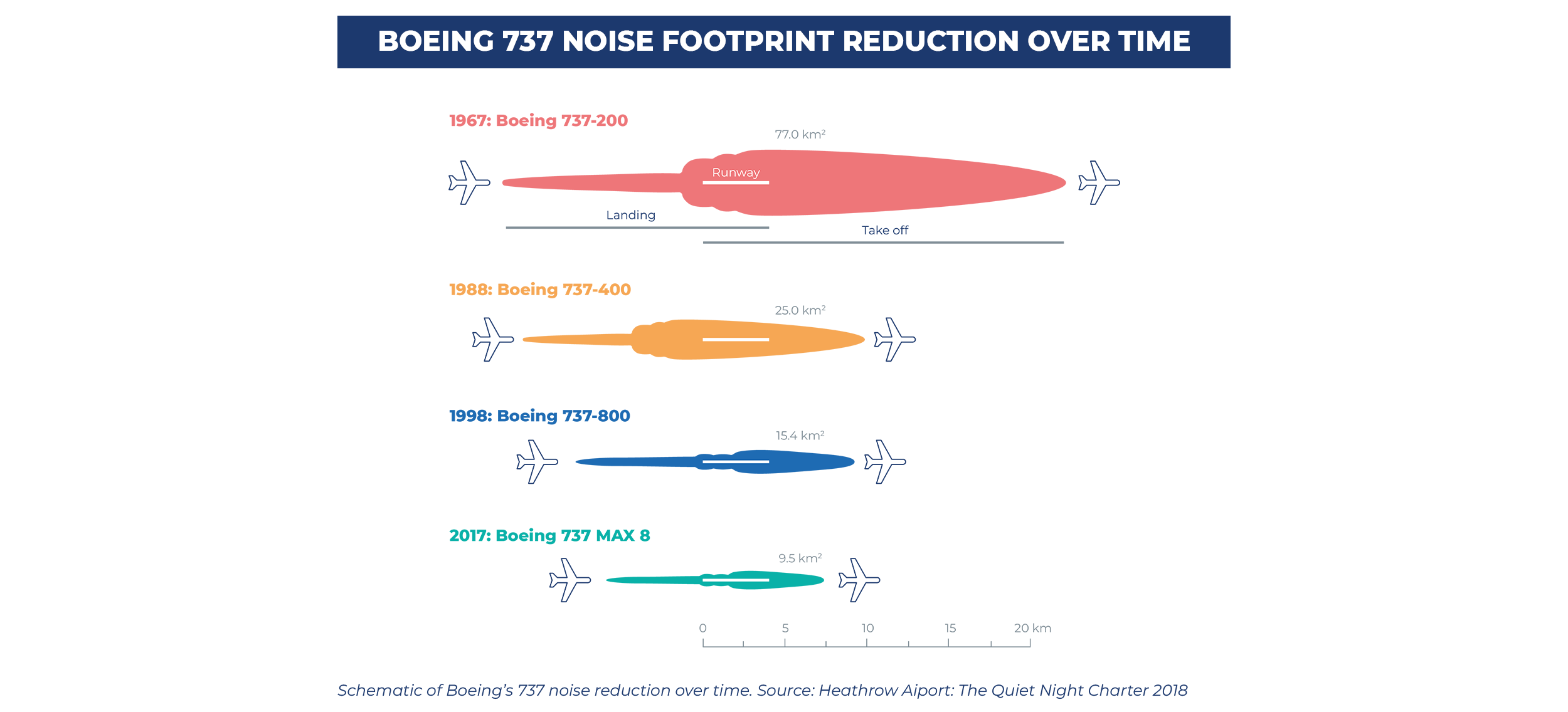
A. Noise abatement technologies: Noise-reducing vortex generators and Chevrons

In 2014 Lufthansa started operations with the new A320 equipped with vortex generations reducing noise during the approach by up to 4 dB. The small metal inserts over the tank pressure equialization openings prevent the occurence of a particular noise that happened with the A320 family, an effect similar to blowing over a bottle but magnified to the size of a landing commercial aircarft.
Chevrons are serrated edges on the rear of jet engine nozzles, seen on newer aircraft models like the Boeing 787, Boeing 737 MAX, and 747-800.
For large aircrafts with engines with a large bypass ratio (the ration of air flowing through the external far to the mass flow rate entering the engine core) jet noise is a secondary noise source, with fan noise being the main source of acoustic pollution, even during take-off. The chevrons are designed to improve the interaction between the hot air exiting the engine and the cooler ambient air, reducing turbulence at the exhaust. The improvement of airflow smoothens the transition and reduces the characteristic jet noise, especially during take-off and landing where it is most likely to affect residents. However, on Boeing’s latest development, the 777x, this feature has been removed as it creates a slight drag penalty, with this model overcoming the worsened noise performance with improved engine technology.
B. Advanced wing designs and aerodynamic improvements
Manufacturers are continuously innovating in wing design, incorporating features like winglets and raked wingtips, whose primary goal is to reduce fuel consumption as they reduce induced drag, however, they have the additional benefit of reducing noise. These designs decrease the noise created by turbulent airflow around the wings, particularly during landing approaches, and can be retrofitted onto older aircraft.
C. New generation of engines (e.g., CFM RISE)
The next wave of engine technology expected by the mid-2030s, such as CFM International’s RISE program, includes open fan engines, which are designed to provide high levels of fuel efficiency and noise reduction. Additionally, Rolls-Royce is planning to further increase high pass turbofan engines, combining larger fans and geared turbofans to reduce consumption and acoustic footprint of the engine with fan blades rotating more slowly.
Closing thoughts
While noise from aviation is still a challenge, especially as air traffic increases, the economic benefits that airports provide make surrounding areas highly desirable places to live and work. Despite the noise, people continue to settle near airports because of the jobs, convenience, and economic growth they generate. However, the modernization of aircraft fleets—with quieter, more efficient planes—promises to significantly reduce aviation's noise footprint. Airports are also addressing noise concerns with innovative solutions, like using noise-related charges to fund home insulation programs and build sound barriers, offering relief to nearby residents. Operational measures, such as optimizing flight paths and scheduling, further contribute to quieter skies. These combined efforts strike a balance between economic growth and improved quality of life for communities near airports. As the aviation industry continues to evolve, the path towards quieter environments and thriving airport ecosystems steadily converge.

